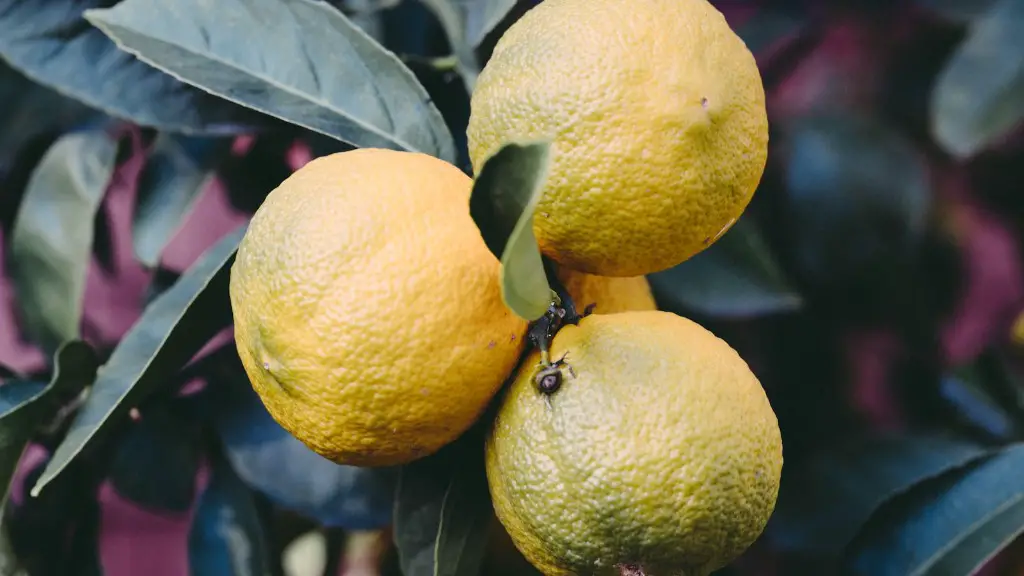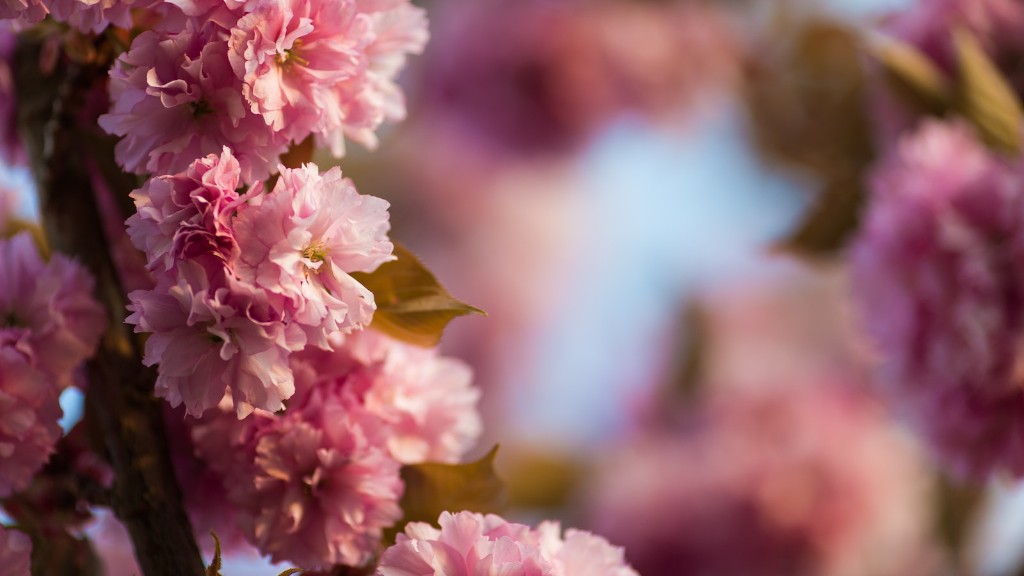Indoor lemon trees are a fun addition to any home, with their fragrant flowers and citrusy fruits. Taking good care of your indoor lemon tree can help it thrive. There are a few key elements to consider when it comes to good lemon tree care. Here’s a few tips to follow.
Maintaining the right light levels is essential. Place your lemon tree near a sunny window and keep it out of direct sunlight during the hottest part of the day to prevent leaf burn. Supplementing with a grow light, if needed, can help ensure the tree receives enough light during the winter months.
Keep the soil moist, but not soggy. Lemons prefer evenly moist soil, preferably with well-draining loam soil and a pH between 6 and 7. Consider investing in a moisture meter so you don’t overwater.
Pruning your lemon tree is important for keeping it healthy and preventing pests and diseases. Remove dead or dying branches as soon as you notice them. Prune any branches or shoots that are growing in an undesirable direction. Ask your local nursery for advice if you’re unsure which branches to cut.
Fertilizer is important to get good growth. Follow the instructions on the fertilizer label and don’t over-fertilize, which can damage your tree. Lemons need nitrogen to produce healthy foliage and fruits. Add ammonium sulfate, fish emulsion, or a potassium-rich fertilizer every spring to keep healthy growth.
Lemon trees can suffer from a few pests and diseases. Keep an eye out for common issues like leaf spot, mealybugs, scale, and white fly. You can remove pests manually or use organic insecticides if the infestation is serious.
Indoor lemon trees are a bit of work, but can bring a lot of joy to your home. With the right TLC, it can thrive for many years and produce delicious fruits.
Choose the Right Pot
The right pot is essential for good lemon tree care. Choose one that is twice as large as the current pot, so the tree has room to grow. If it’s too small, the tree won’t get enough oxygen and drainage. And, if it’s too big, you’ll have to water more often. There should also be drainage holes at the bottom of the pot.
Feed and Protect Your Tree
Feeding your lemon tree is essential to help promote good growth. Use a citrus fertilizer once a month during the spring and summer, and every four weeks in the winter. Adding mulch around the base of the tree can help it retain water and protect the roots from the cold.
Temperature and Humidity
Lemon trees prefer a warm indoor temperature between 55ºF and 80ºF. Keep your tree away from vents or sources of direct drafts. If the humidity is low, consider getting a humidifier, which will help your tree retain water.
Repotting a Lemon Tree
Repotting your lemon tree every two to three years is important for giving it enough room to grow. Repot it in the spring or early summer, when it’s actively growing. Water your tree several days before repotting so it’s easier to remove from the old pot. Use a nutrient-rich potting soil, and avoid fertilizer for several weeks after repotting.
Pollination
In order for a lemon tree to produce fruit, it needs to be pollinated. If you’ve just bought a lemon tree from the store, it often comes with a few flowers that are already pollinated. However, if it doesn’t, you can help the process by lightly shaking the branches or use an artist brush for pollinating.
Pests and Diseases
Pests and diseases can damage your lemon tree if not taken care of. Common pests include scale, mealybugs, whitefly, and spider mites. Remove pests by handpicking them off the leaves or using luke-warm water and a soft cloth. Neem oil sprays are also effective at controlling pests. If you notice any signs of disease, take a sample to your local extension office for diagnosis.



